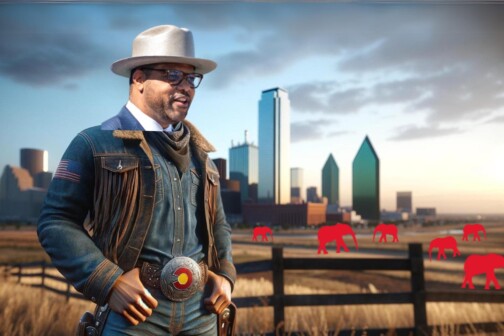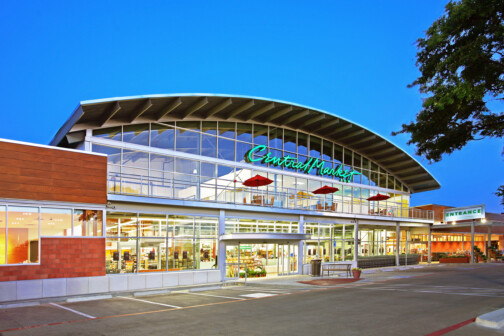A couple of weeks ago, Tim saw an item on the local news about a New Orleans’ doctor who rescued cancer cells. We then sent Intern Jessica Jones to find out more of the story for possible inclusion in the November issue of D. Sadly, for reasons unrelated to the story’s merit, Jessica’s article will not find the printed page–unless you check out the jump and print it out yourself. Her story follows:
Katrina Cancer Cells
By Jessica Jones
On the Tuesday after Hurricane Katrina hit New Orleans, Dr. Tyler Curiel, Chief of Oncology at Tulane Medical School and the only doctor on his staff who reported to work that weekend, awoke to find four feet of water flooding the hospital’s bottom floor. In 90 minutes, the water would rise high enough to inundate the back-up power generators, rendering them useless. Twenty years and tens of millions of dollars of his groundbreaking cancer research would be lost if the blood and tissue samples he had in freezers were to thaw.
Curiel gathered materials he deemed irreplaceable and poured super-cold liquid nitrogen into several freezers that were stuffed with twice their normal capacity of the samples. Meanwhile, he had patients to tend to.
“I was rounding up cancer patients and taking care of them with next to no support,” says Curiel, who previously worked at Baylor Medical Center. “No X-rays, no lab tests, it was like 19th century medicine.”
After dodging sniper gunfire while he evacuated his patients, he canoed across the street to Charity Hospital, where his wife, Dr. Ruth Berggren, was caring for AIDS patients in even worse conditions.
Because of an amazing rescue effort coordinated by their friends in Dallas, Curiel and Berggren were able to escape via a Gulfstream jet piloted by Brian Perryman of Phazar Aero Corporation in Fort Worth. And when Curiel said he wanted to return to New Orleans to retrieve his research, Perryman didn’t hesitate.
“He did it all on my word,” Curiel says. “I told him what I needed to do and he said, ‘OK Doc, that’s all we need to know.’”
Curiel returned on Saturday, exactly one week after he escaped the toxic confines of his forlorn city. All of his preserved materials were saved and brought back to UTSW Medical Center and Baylor who offered him freezer space.
He is setting up temporary labs at UTSW and several other locations so that he and his staff can get back to work while the city he now calls home recovers. And will he return?
“Absolutely,” he says.
Good news for a city in desperate need of Dr. Curiel’s healing touch.





